Graham Reid | | 5 min read
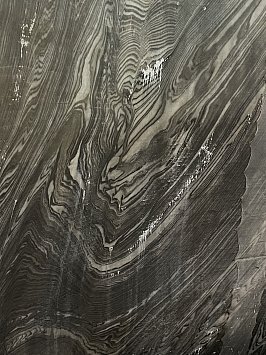
Our driver Mihai turns the van down a narrow street, we bump across a broken parking area and he announces we are there.
Where we are is a bit harder to be exact about, but we have driven an hour or so south of the city of Cluj-Napoca in northwest Romania to get here.
Which is where we want to be to take in a most extraordinary sight.
We turn a corner, walk down a wide lane and an unexceptional door opens. Then through another door to a straight tunnel which narrows to a distant vanishing point.
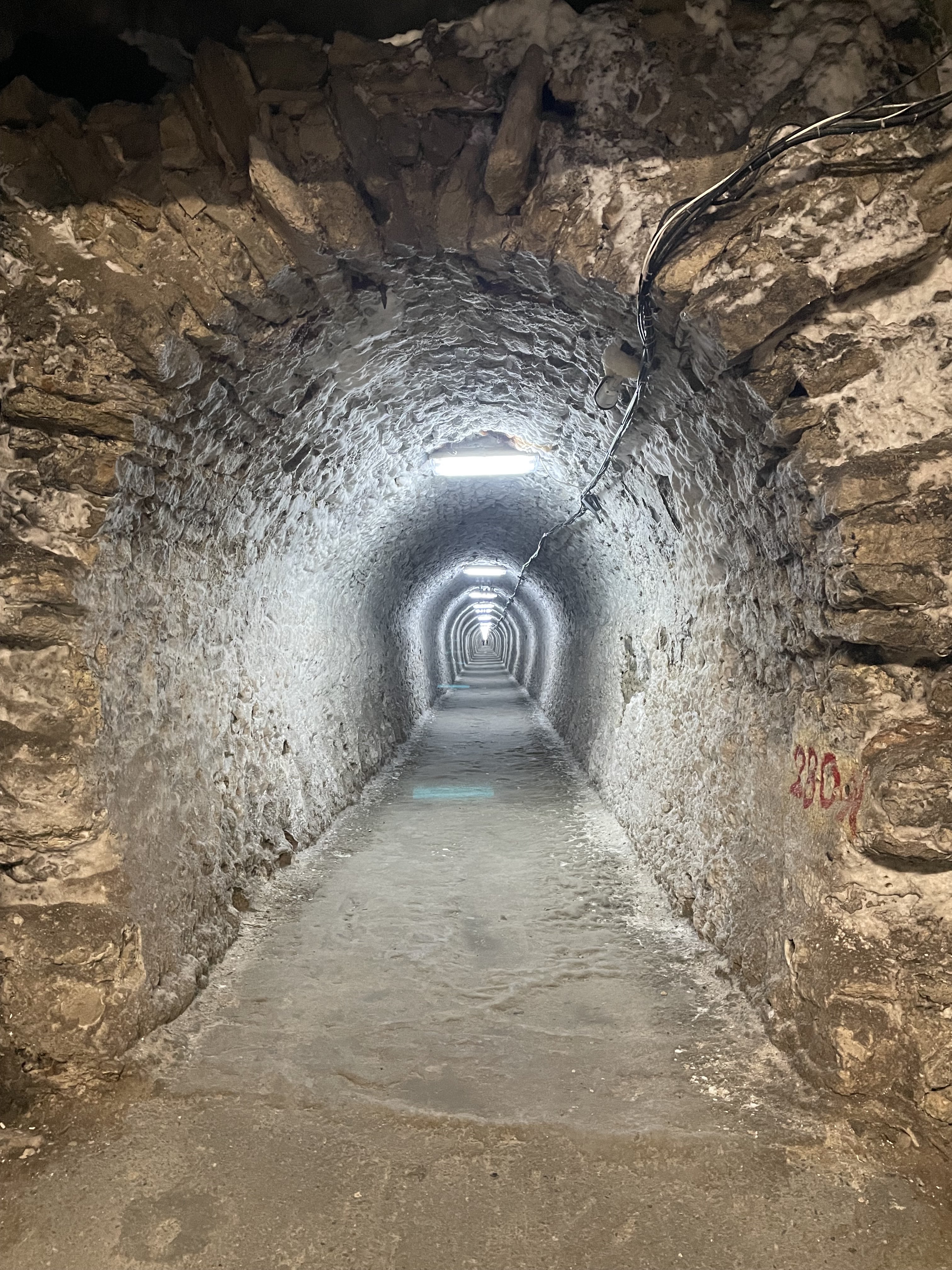 It's about a kilometre long but the distance is irrelevant because the shaved-out walls we walk past are like alternating veins of white and grey in swirling, surreal patterns.
It's about a kilometre long but the distance is irrelevant because the shaved-out walls we walk past are like alternating veins of white and grey in swirling, surreal patterns.
You can't resist touching them and finding them gritty.
Then at the end what we have come for, but not even seeing it on a television documentary or having read about it prepares you for . . .
We look out into an enormous underworld cavern, the bottom way below, the roof above far away.
How long is it? Who can tell?
But there, down below some 120 metres, are a playground, shops, picnic areas, a lake with little boats to hire and a ferris wheel.
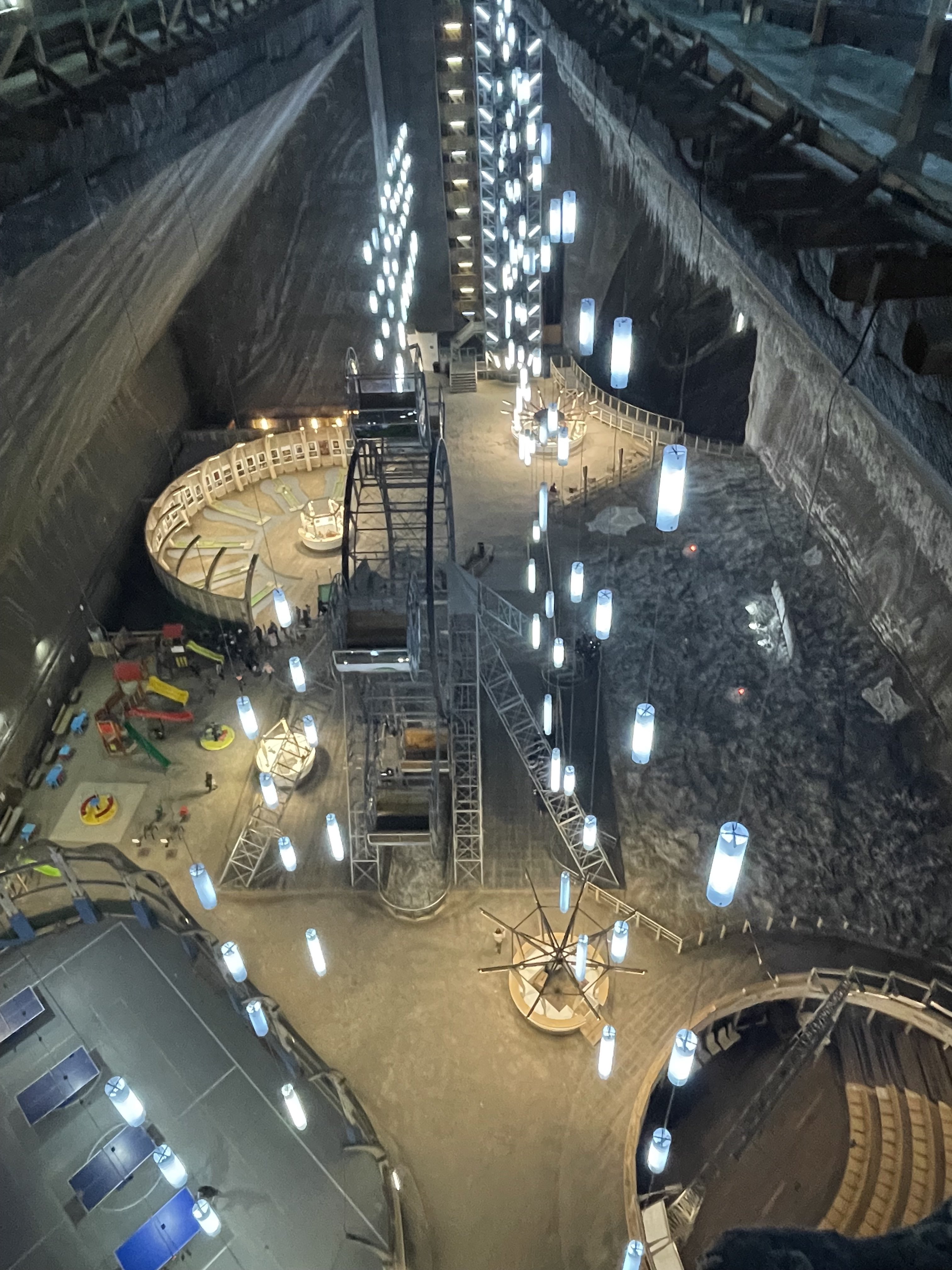 But again, these are not what attract because all around the walls are alternating bands of seductively swirling patterns in the rock.
But again, these are not what attract because all around the walls are alternating bands of seductively swirling patterns in the rock.
This is Salina Turda, the famous salt mine which was carved out by miners over decades and now, closed, has been repurposed as a breathtaking tourist destination.
Not that there are many here the week before Christmas.
We have the cavernous underground space almost to ourselves which allows your voice, constantly saying “Oh wow!” to echo around the walls with seemingly infinite delay.
It is . . .
Well, let's just say it's something else.
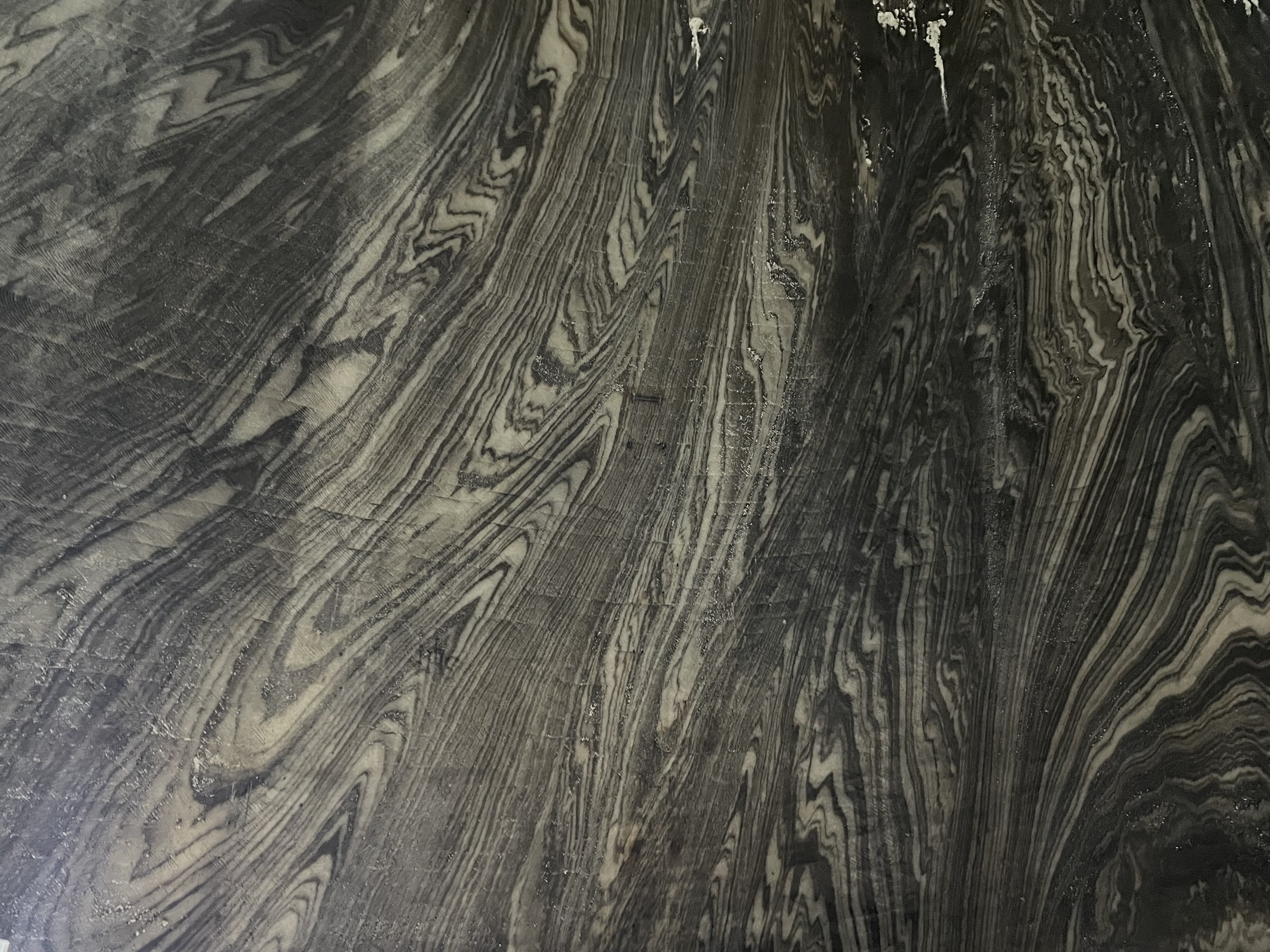 And so was getting here from the lovely, busy and well organised city of Cluj-Napoca.
And so was getting here from the lovely, busy and well organised city of Cluj-Napoca.
The mostly low-rise suburbs we passed through last night coming in from the airport gave way to a wide, car-jammed main road with illuminated Christmas decorations, tall trees strung with colourful lights. . .
And -- just around the corner from our small but modern accommodation -- a lively market with traditional music and dance performances, food stalls, shops, Nativity scenes and laughter.
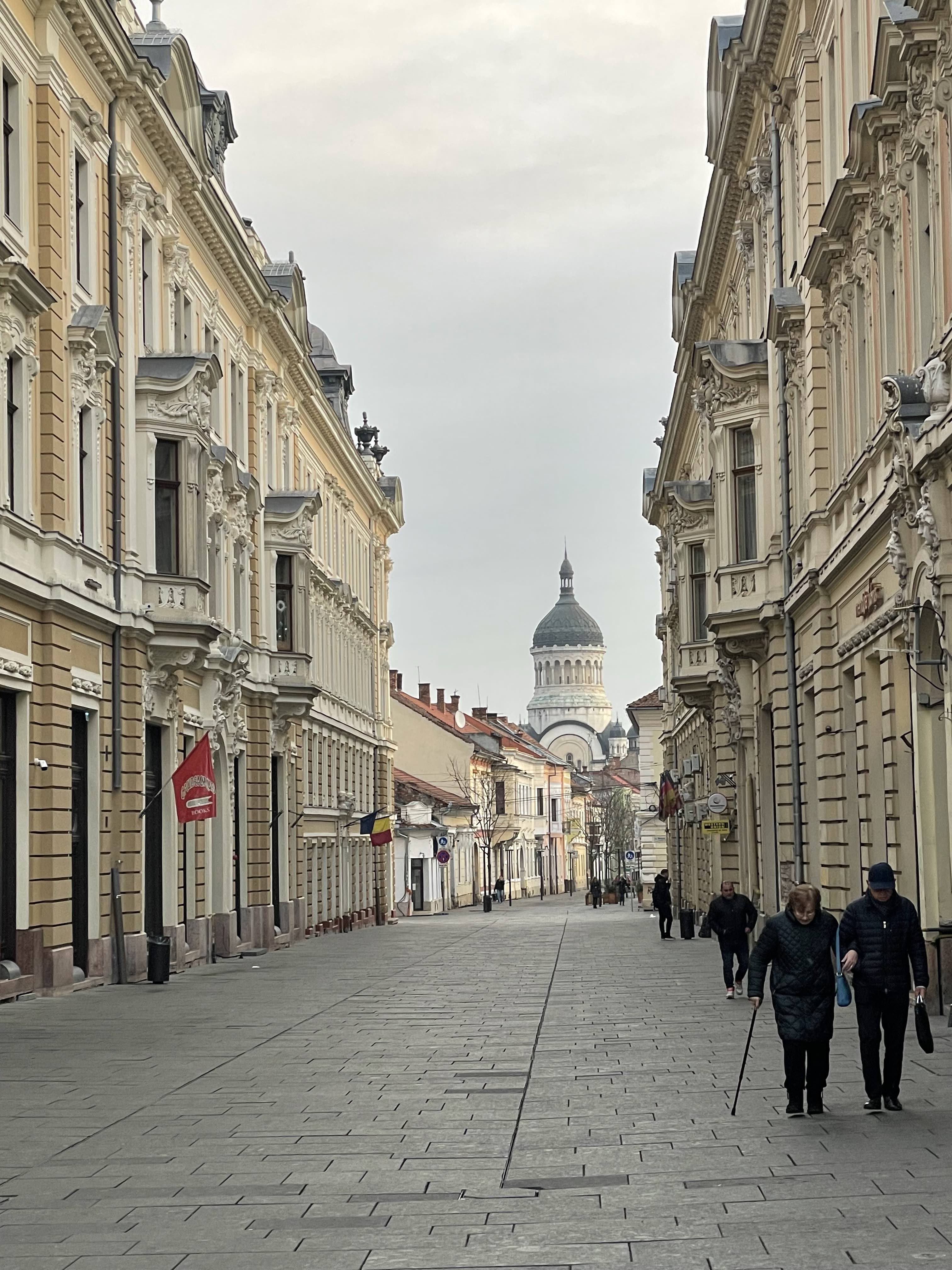 Cluj-Napoca – population around 300,000 – is a university city with numerous campuses drawing international students.
Cluj-Napoca – population around 300,000 – is a university city with numerous campuses drawing international students.
We meet one the following morning: she's French and in the second year of her veterinary studies in French at the university and is in the van with her brother – an engineer in Chicago – and us as we travel to Salina Turda.
Cluj-Napoca could get you in its friendly grip but the journey south allows us to look back on the city from the low mountains and then travel through a more rural and old Romania.
After we have passed some functional but not especially attractive apartment blocks, along the side of the road are old farmhouses with muddy fields and abandoned equipment alongside newer homes: the old and new shoulder-to-shoulder.
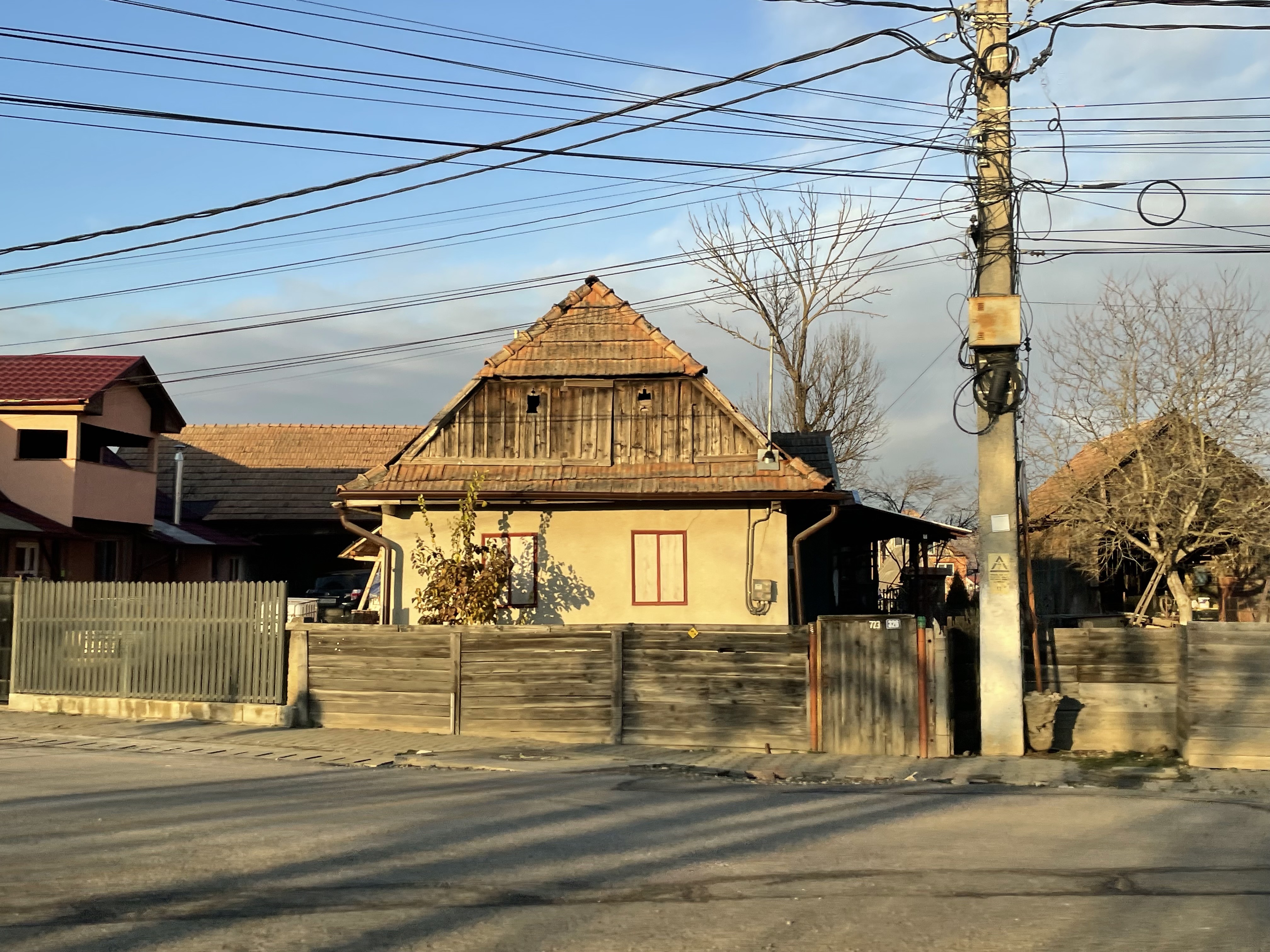 The architecture – high pitched roofs, doorways under protective alcoves, speak of the dumps of snow to come in the following months.
The architecture – high pitched roofs, doorways under protective alcoves, speak of the dumps of snow to come in the following months.
The landscape is low and rolling, the road excellent and this more rural aspect quite beautiful.
We drive along fast highways and wind our way through quaint, small villages until we turn off and park.
We're at what we've come to see, but the journey itself has been a bonus. This is a hard land and you'd have to be hardy to work it.
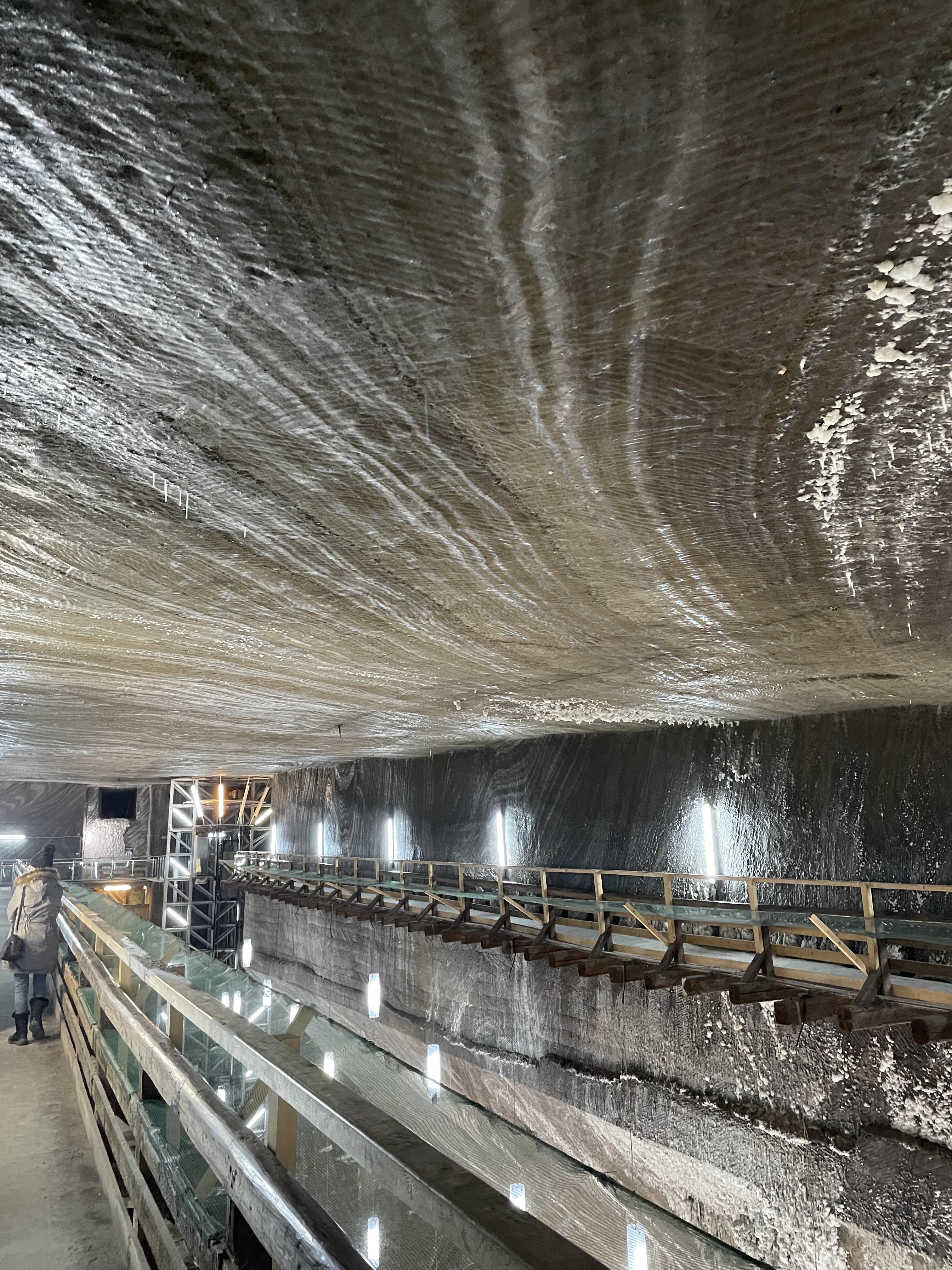 However the massive underground cavern that is Salina Turda is simply breathtaking.
However the massive underground cavern that is Salina Turda is simply breathtaking.
Man is capable of enormous feats and this is one of them.
More than a century ago – the massive wooden extraction instrument dates from 1881 – hundreds came here to hew out the salt which remained when the seas which covered this region millions of years ago evaporated.
It is so jaw-dropping in its size and beauty that today it draws more than half a million visitors annually. When it's crowded it must be chaotic and deafening as voices echo off the sheer walls, but on this day we visitors are very few.
The place feels relaxing, the air chill but clear and the salt on the walls clean and tasty.
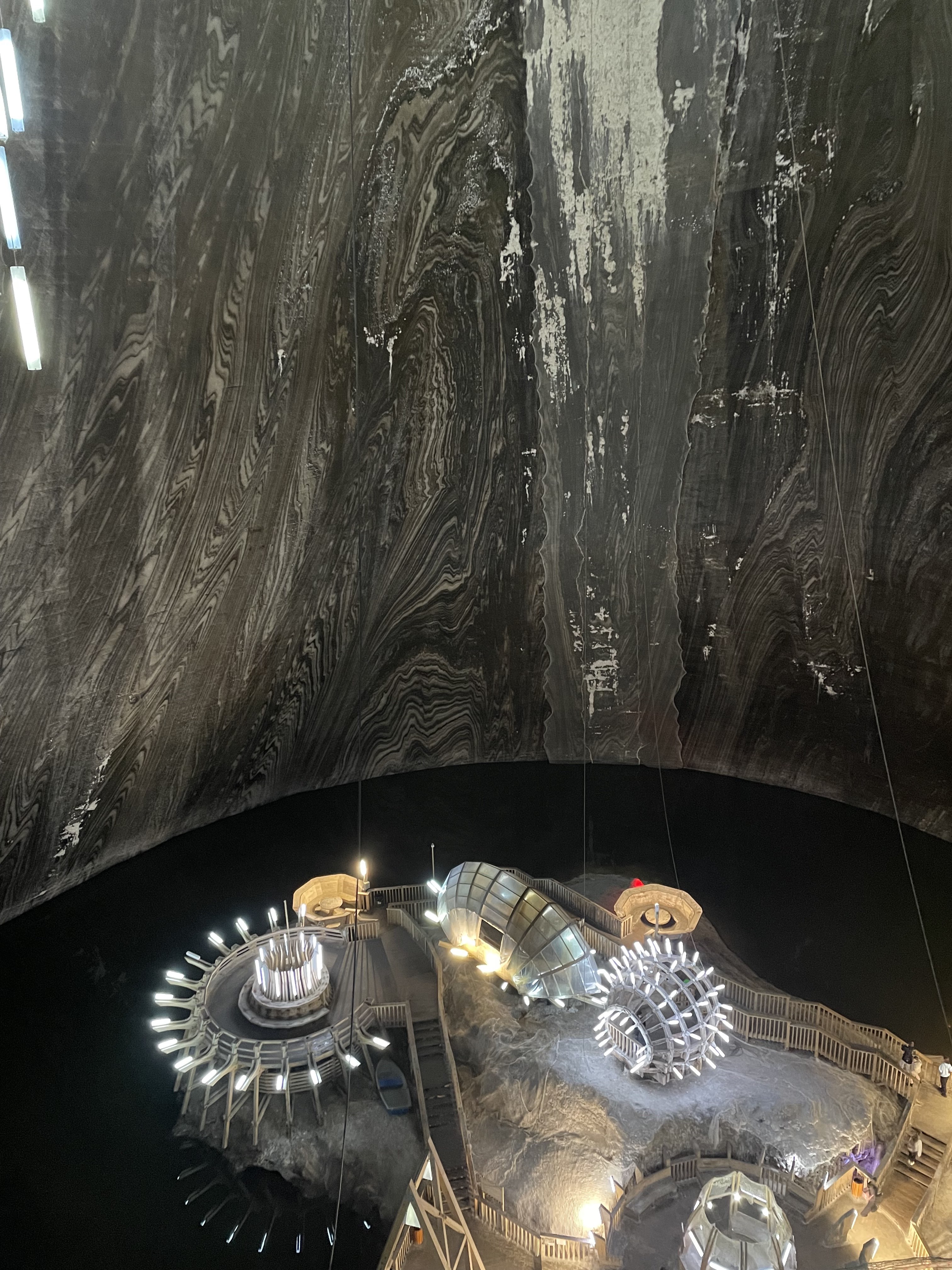 We take a paddle around the lake and on getting out I dip my hand in the water and lick my fingers.
We take a paddle around the lake and on getting out I dip my hand in the water and lick my fingers.
“How did it taste?” asks the boat guy. “Salty maybe?”
And we both laugh at the obviousness of what I've done.
This world is full of wonders and the unexpected, and Salina Turda is certainly one of them. Words and even photographs can't do it justice. It has to be experienced.
For the rest of the day we drive to the picturesque nearby village of Rimetea for a walk around.
But nothing seems open in this week before Christmas, there is an excellent and leisurely lunch of traditional Hungarian food (and superb wine) with the young French people and the informative Mihai who, like most people we have encountered in Romania, speaks excellent English.
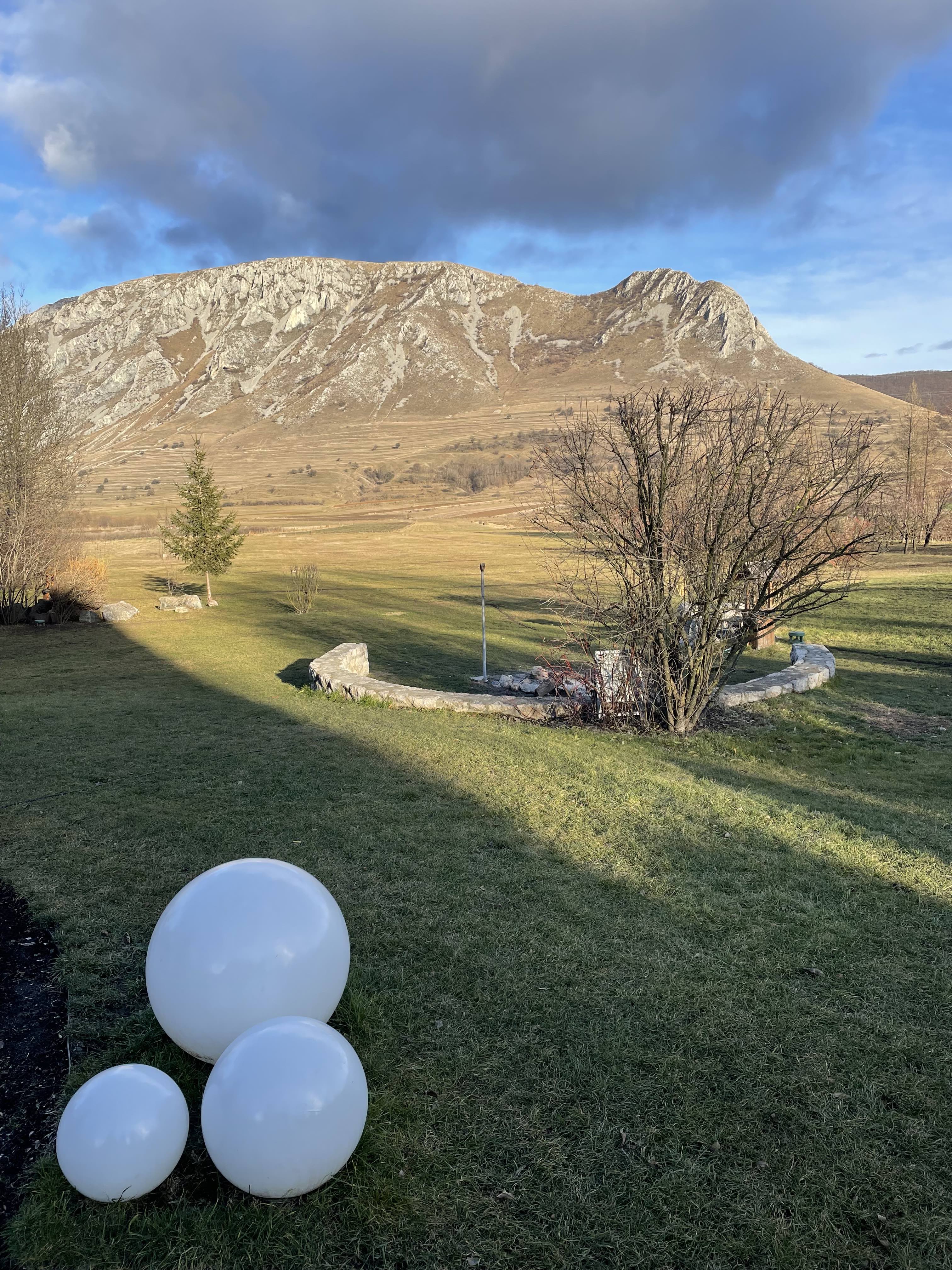 Out the back of the restaurant it looks like we're in a Pink Floyd cover designed by Hipgnosis.
Out the back of the restaurant it looks like we're in a Pink Floyd cover designed by Hipgnosis.
As we drive back to Cluj-Napoca in thoughtful silence I take in the villages and houses once more in this remarkable landscape.
Some glow golden as they catch the low afternoon light, others look handsome and solid, a few crumbling and abandoned. Some have For Sale signs hung prominently.
We're seeing all these in winter and some of the gardens must look exceptional in spring and summer. Other will never look as good as this again.
But whatever their appearance, they – almost as much as the astonishing Salina Turda – have been another reward on day never to be forgotten.
.
For more information on Salina Turda visit this English language website
.
Some further photos of the journey from Cluj-Napoca to Turda and back
The town of Rimetea
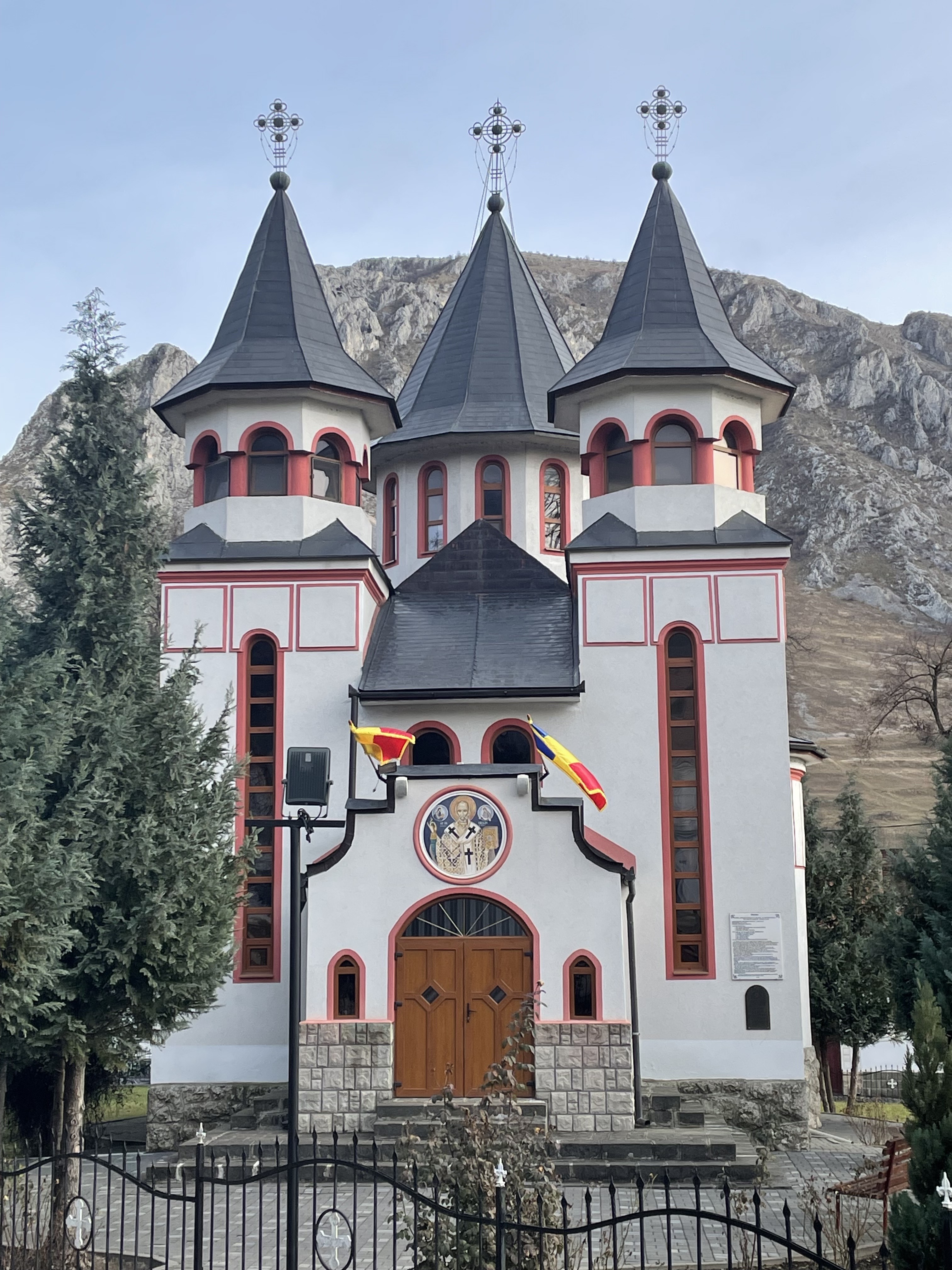
.
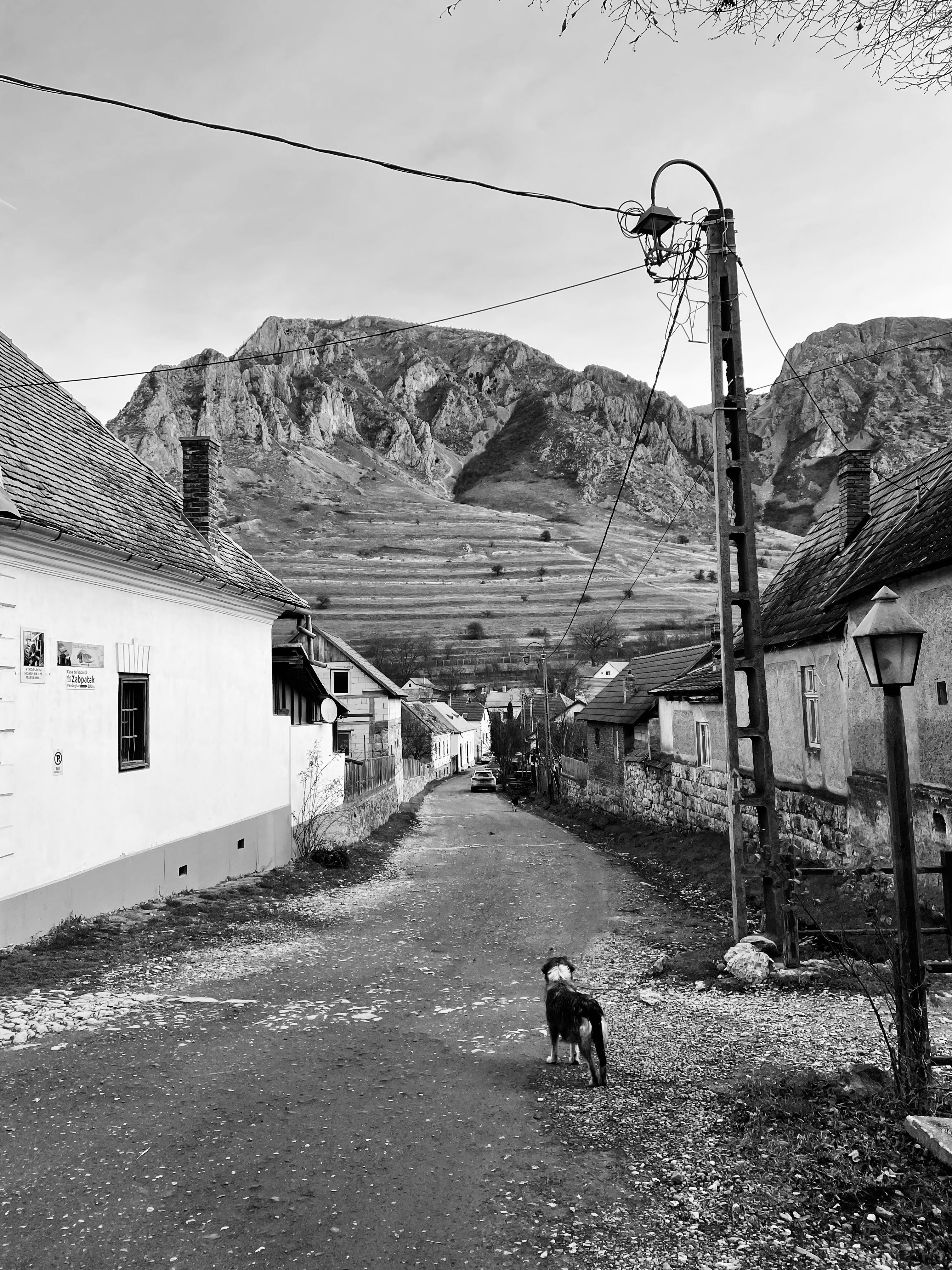
.
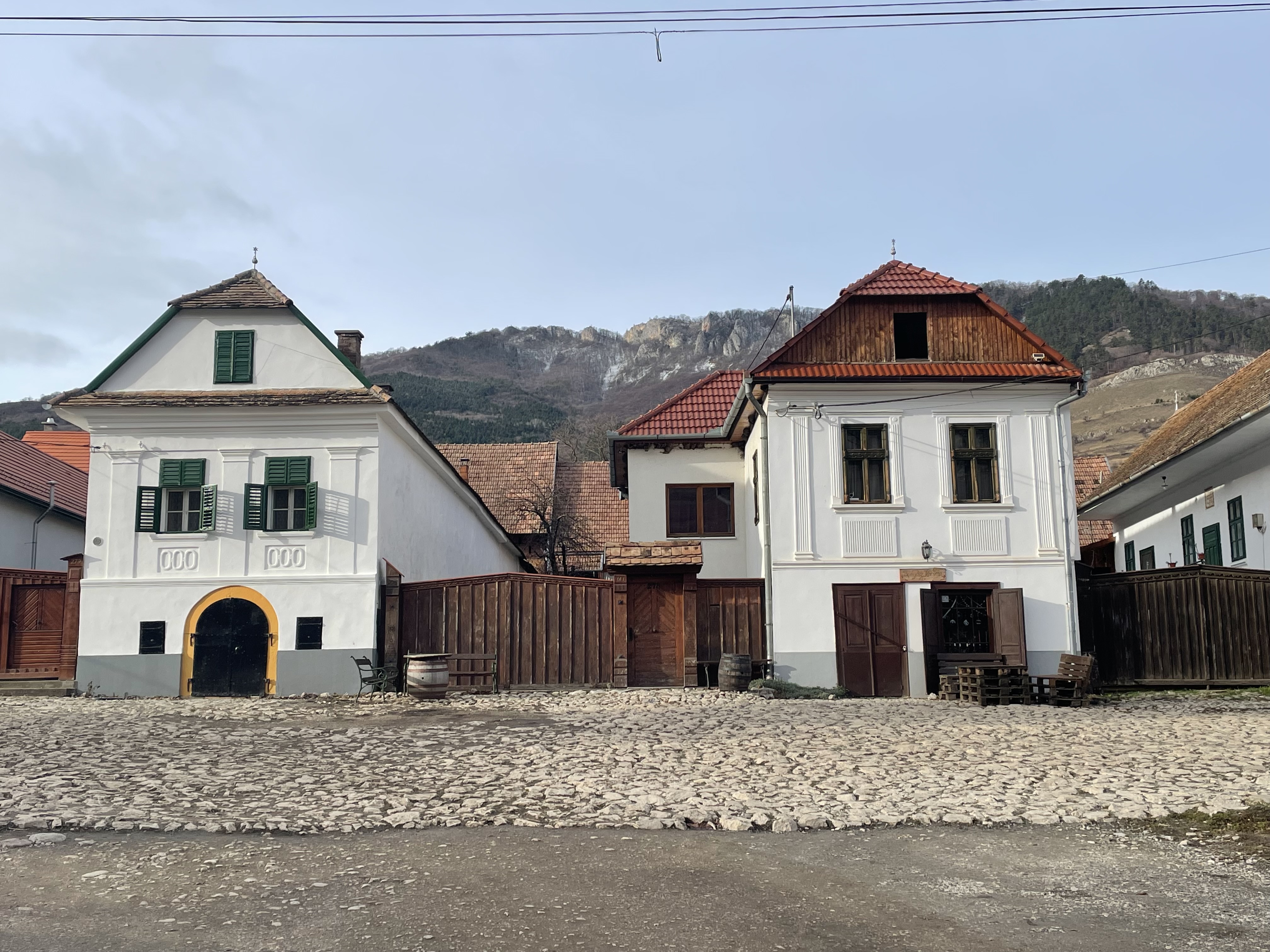
.
Houses and landscapes
.
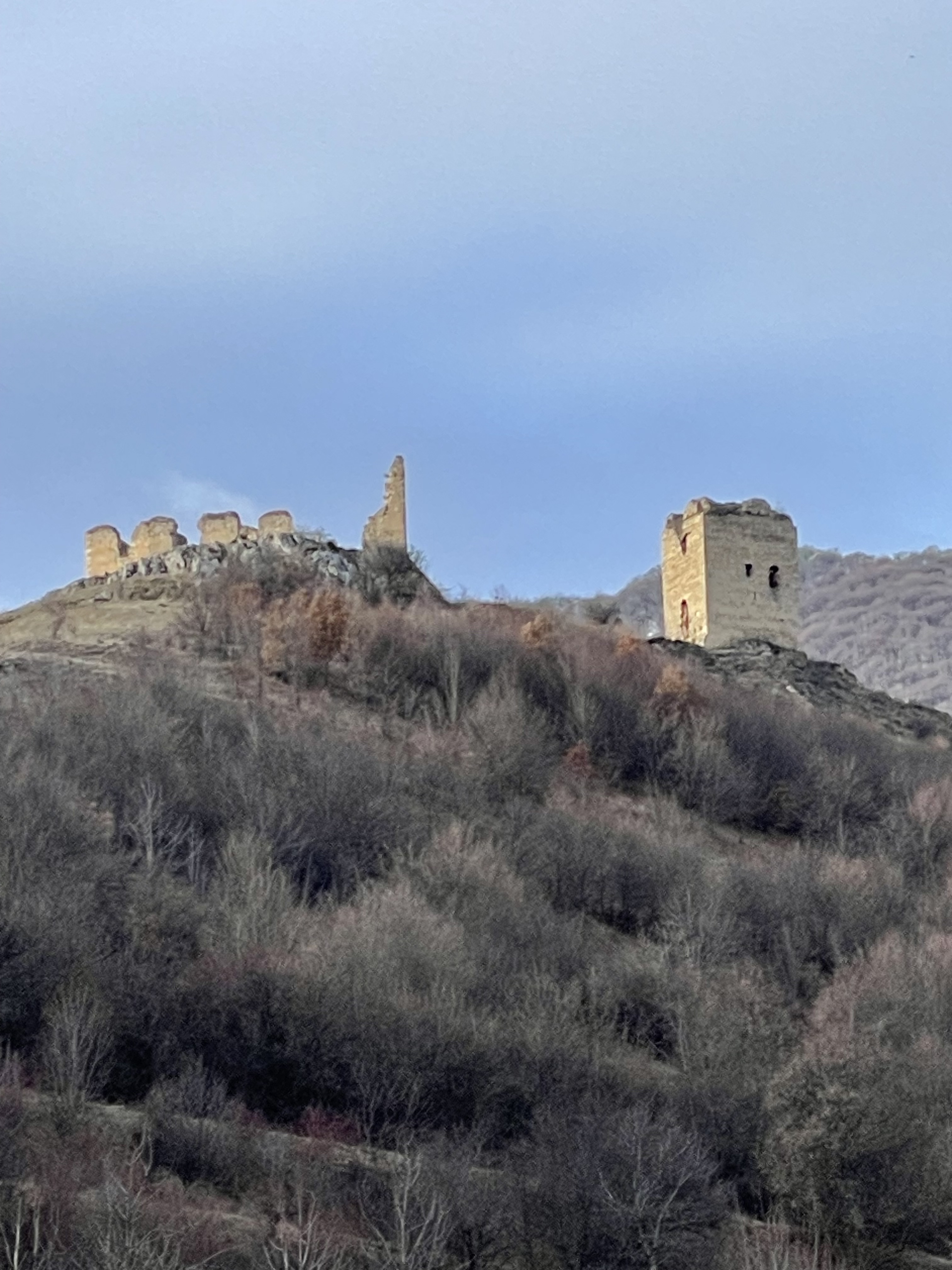 .
.
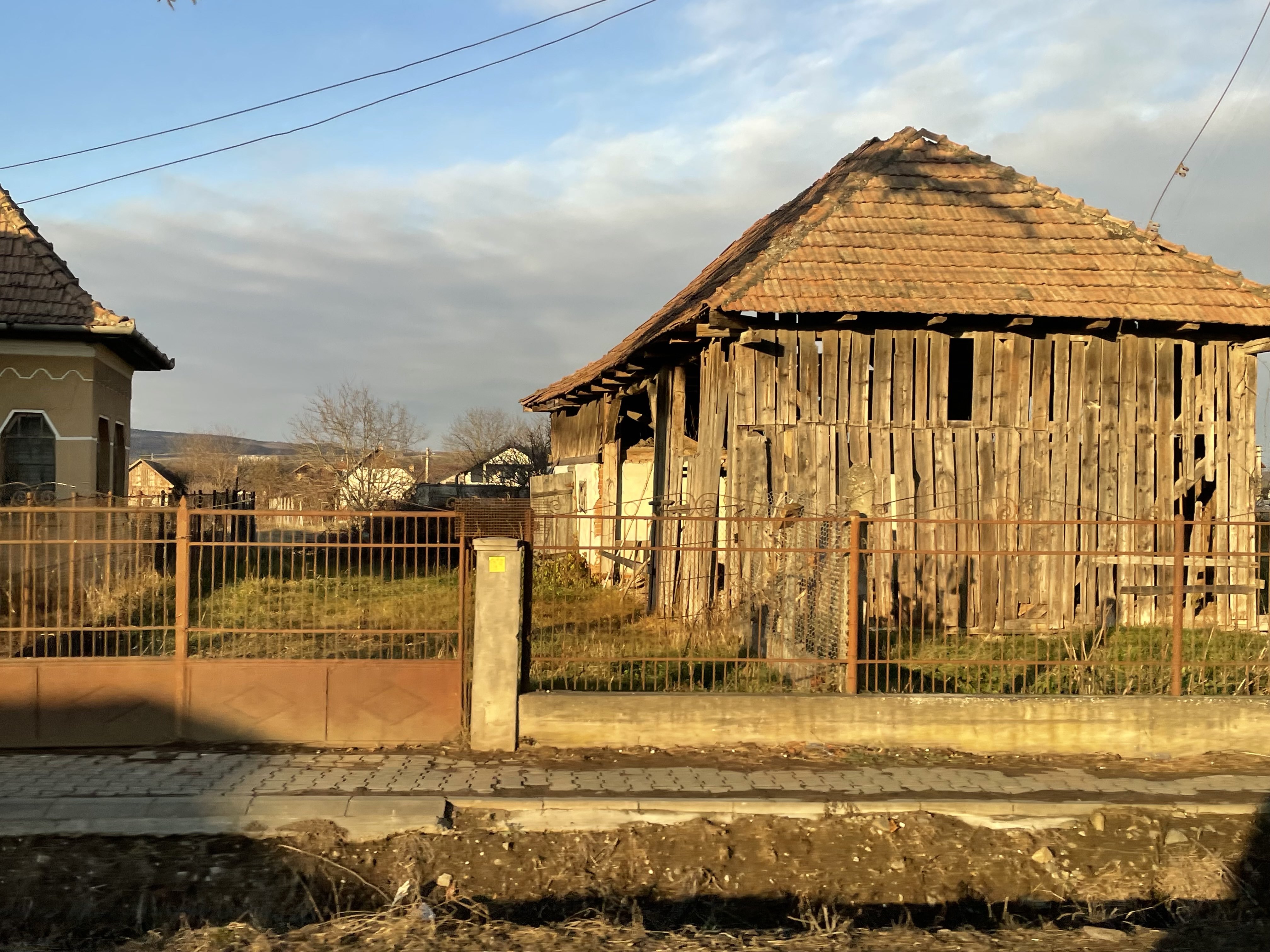
.
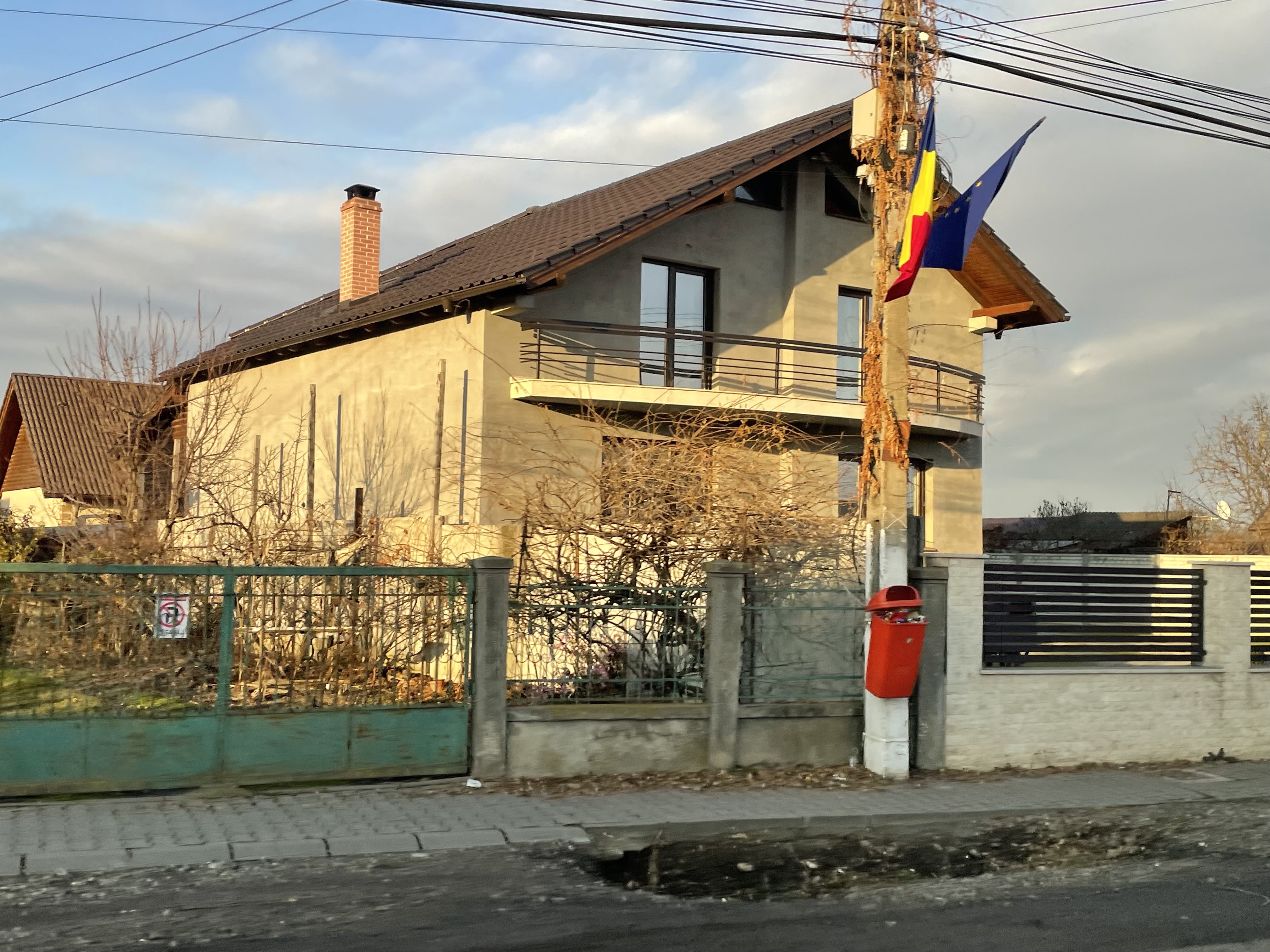
.
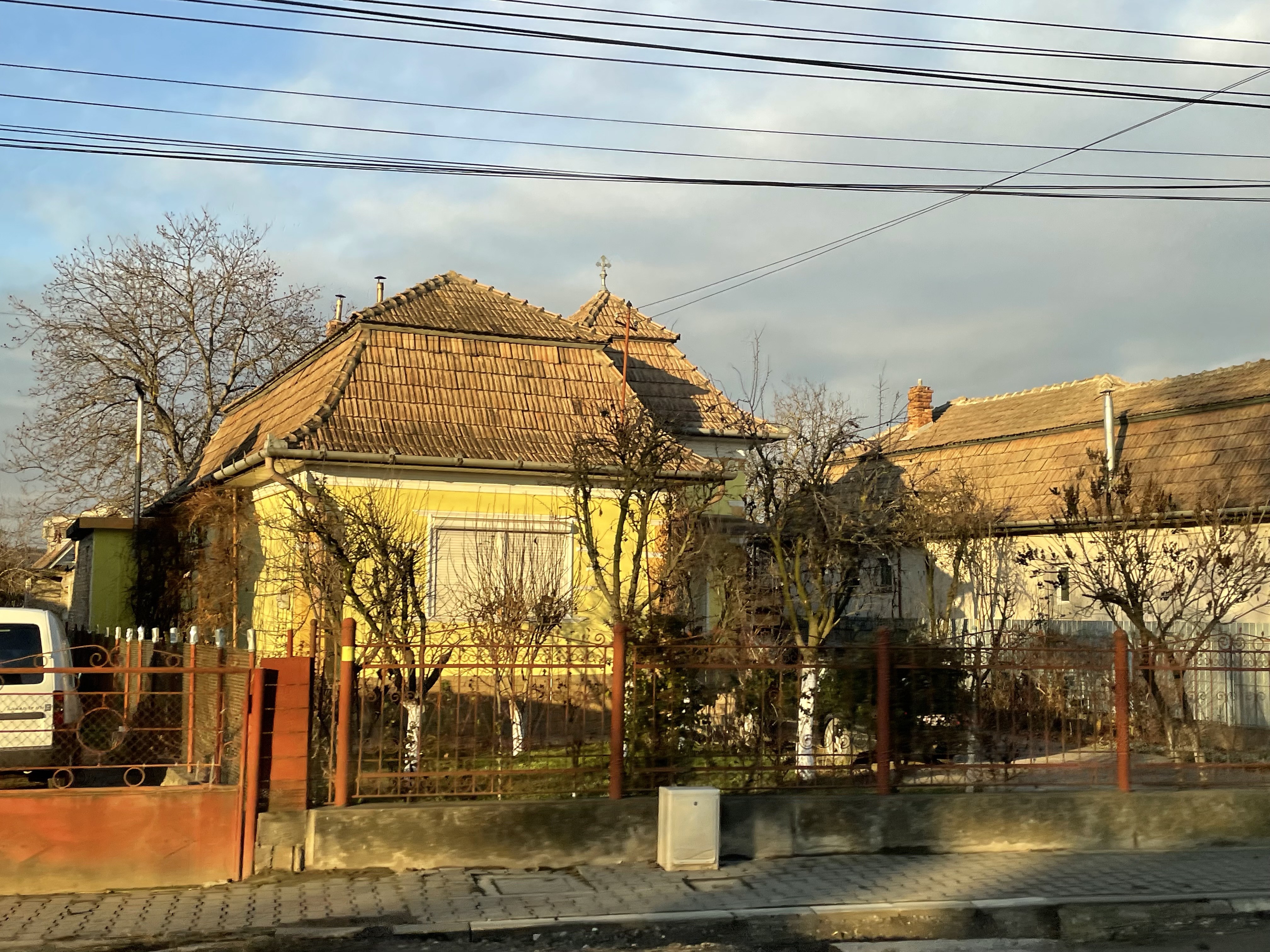
.
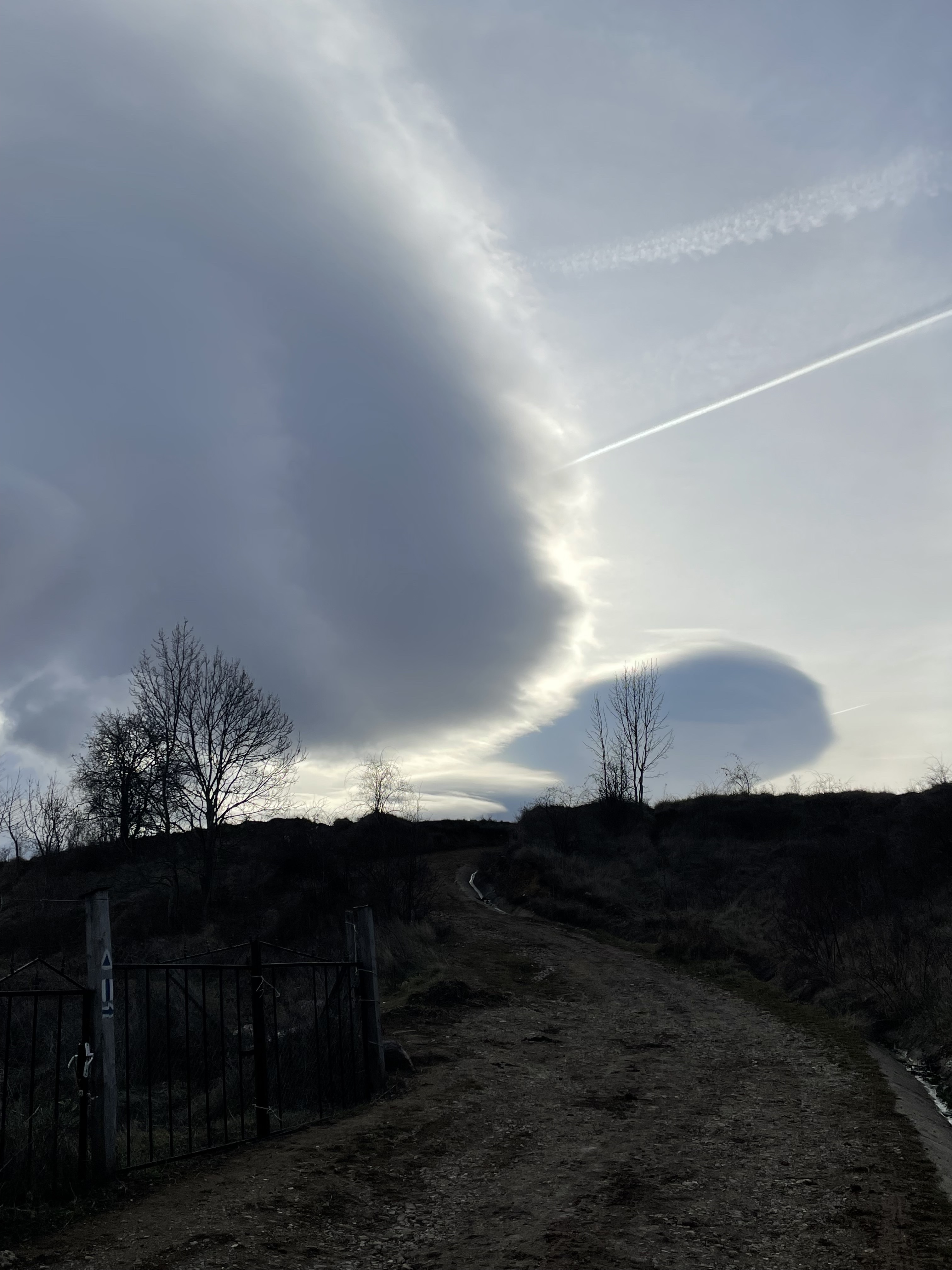
.
And again . . .
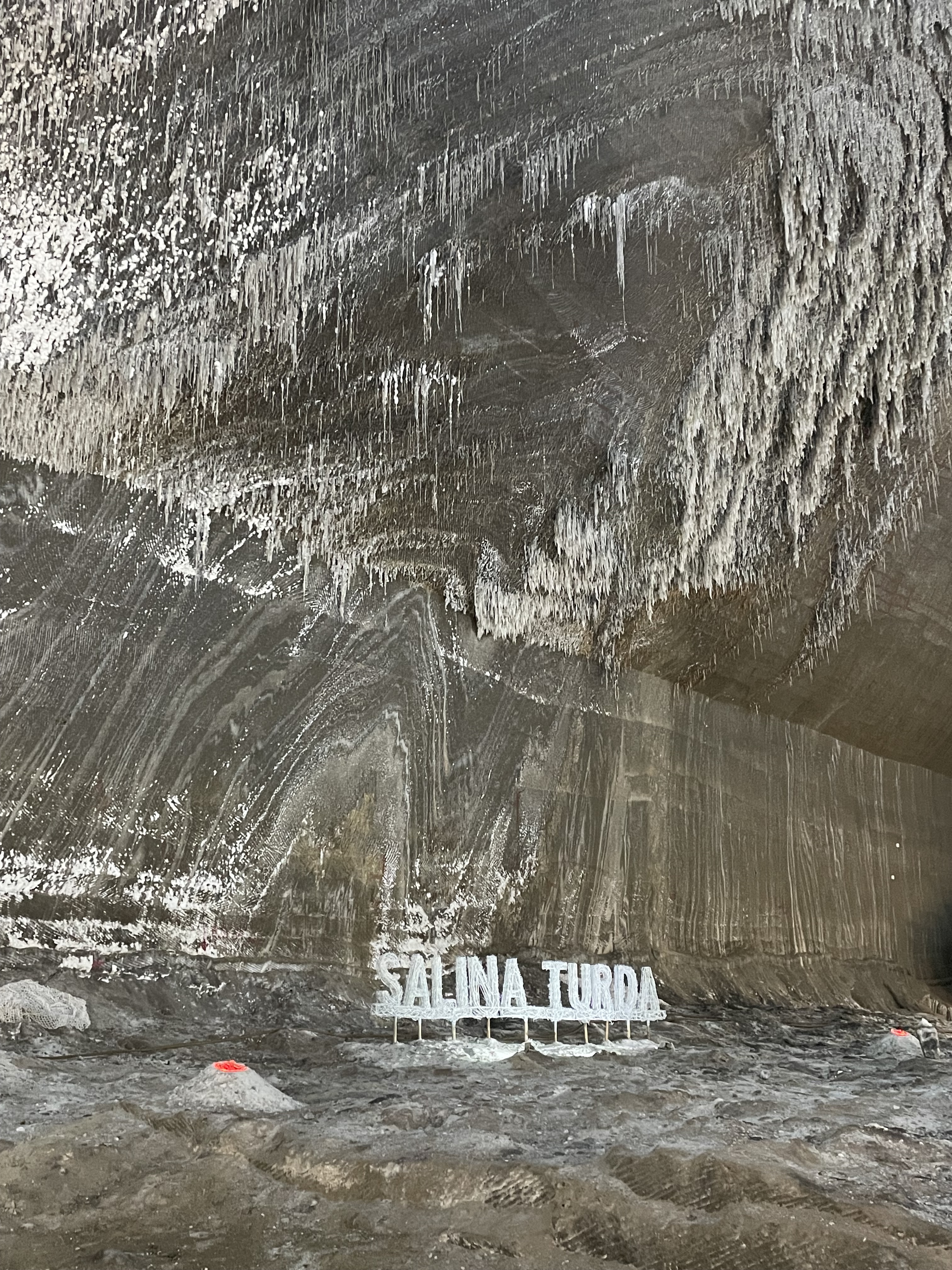

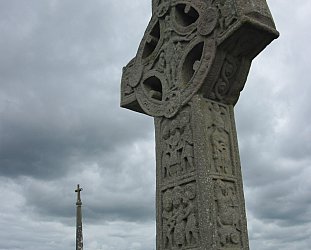
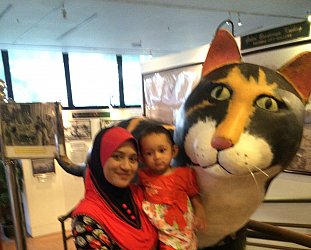
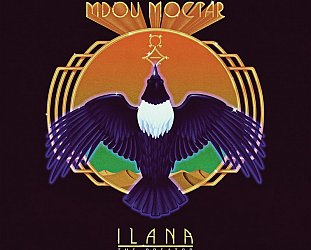
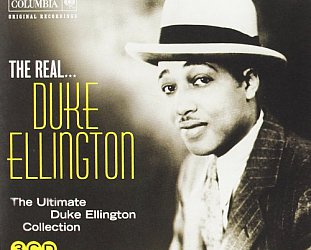
post a comment